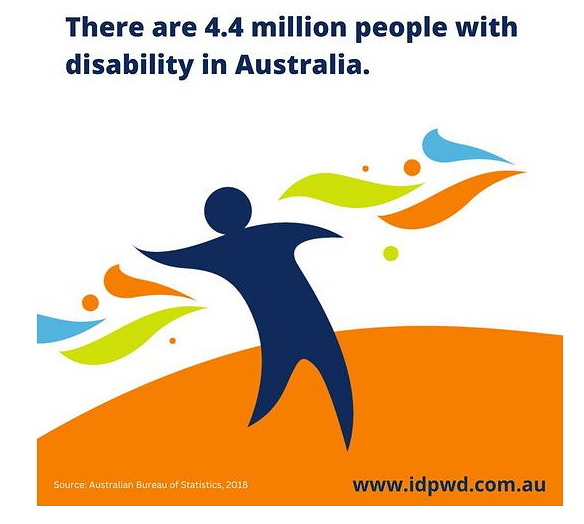
The National Disability Insurance Scheme, with its runaway costs, has brought disability into the public eye again.
Now have you recognised the significance of accessible retail and the necessity of meeting the requirements of people with disabilities? Nearly 4.4 million Australians, or 18.5% of the population, reported having a disability, according to the Australian Bureau of Statistics.
Over the years, I have noticed that the retail industry has done much for individuals with handicaps. Still, here is a question for you: are you sufficiently meeting the requirements of some of our most vulnerable citizens?
Why it matters, here are some points.
> Its the right thing to do
We have a moral responsibility to ensure everyone has as full access to public life, no matter what their abilities or disabilities are.
> These people make up a large number of consumers.
People with disabilities are more likely to shop in stores that are accessible. The fact is that they often bring their loved ones along.
> If you do not make reasonable steps, what message are you sending?
It communicates something specific about your business. That you are insensitive or uncaring as you do not provide customers with disabilities with reasonable accommodations.
> Problems with the law In Australia.
There are several laws and regulations to protect the rights of people with disabilities. They state that you must make reasonable adjustments to meet the requirements of customers with disabilities and ensure that your products and services are accessible to those with disabilities.
> Injury Prevention in Your Store as a result of a Lack of Proper Infrastructure
Suppose someone with disabilities gets injured in your store due to inadequate infrastructure.
Here is my personal example
In a large shopping centre, an older adult fell. The centre manager came down immediately. He then talked nicely to the woman. He gave her a free drink. He ordered her a chair. Then had his staff help her with it. He then had a security guard escort her to the centre. Then he announced that when she returned, she would contact his office immediately, and he would ensure she would be escorted.
The newsagents I talked to told me he could not see the centre manager. He never talks to him. This woman got centre manager immediately.
What can we do?
There are a few ideas.
> Providing clear signage is another easy way to make your store more accessible.
Your signs should be at a height that is comfortable for wheelchair users and so easy for them to read.
> Customers who use wheelchairs or mobility aids should have access if possible.
The entrance, shop and point-of-sale aisle should be wide enough to accommodate these devices.
> Train your staff to offer help.
Your staff should be prepared to give help to clients' inabilities, such as assisting them with tracking down an item or conveying their purchases to the vehicle.
Conclusion:
Retailers need to consider that their products and services are accessible to all customers, including those with disabilities, by making reasonable adjustments.
Executive summary:
> People with disability comprise about 4.4 million Australians or 18.5% of the population.
> Retailers need to consider making their stores accessible to people with disabilities.
> Some measures can be taken immediately at little cost.


